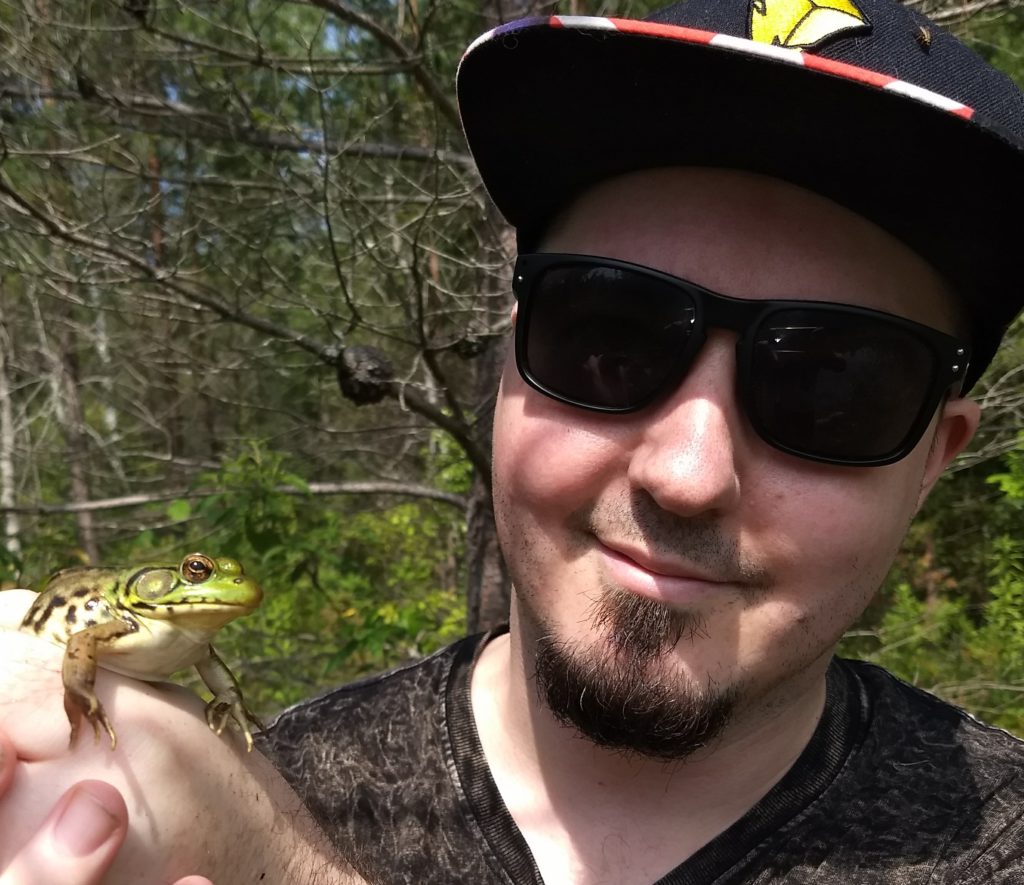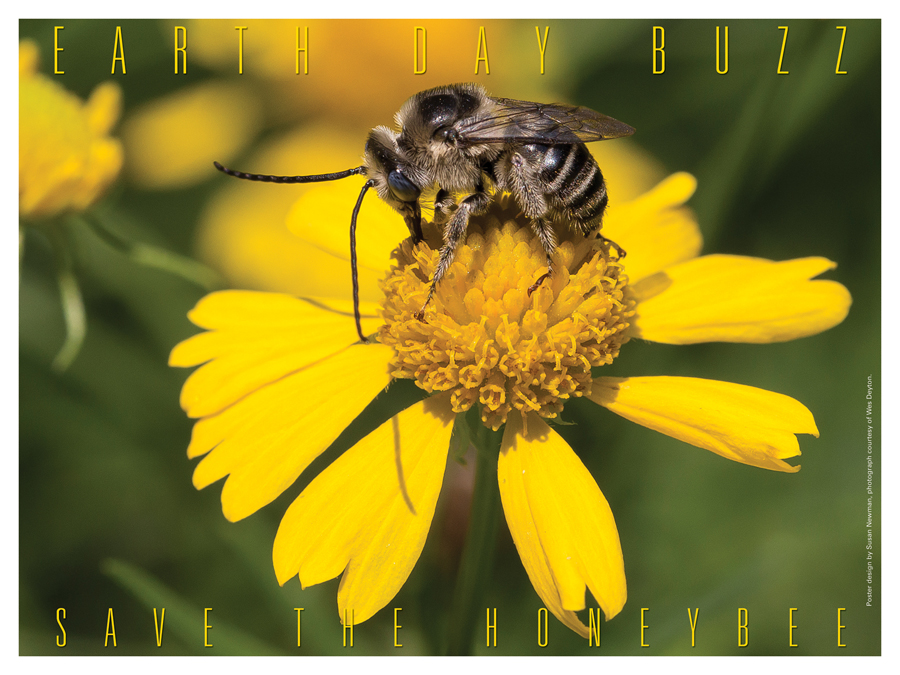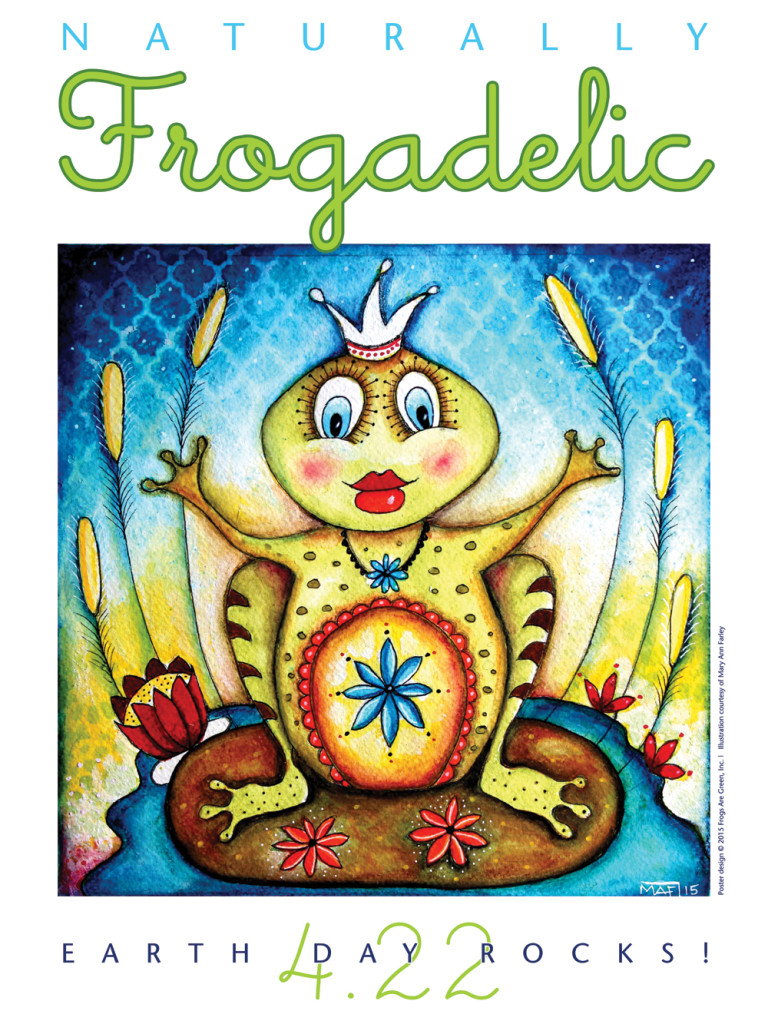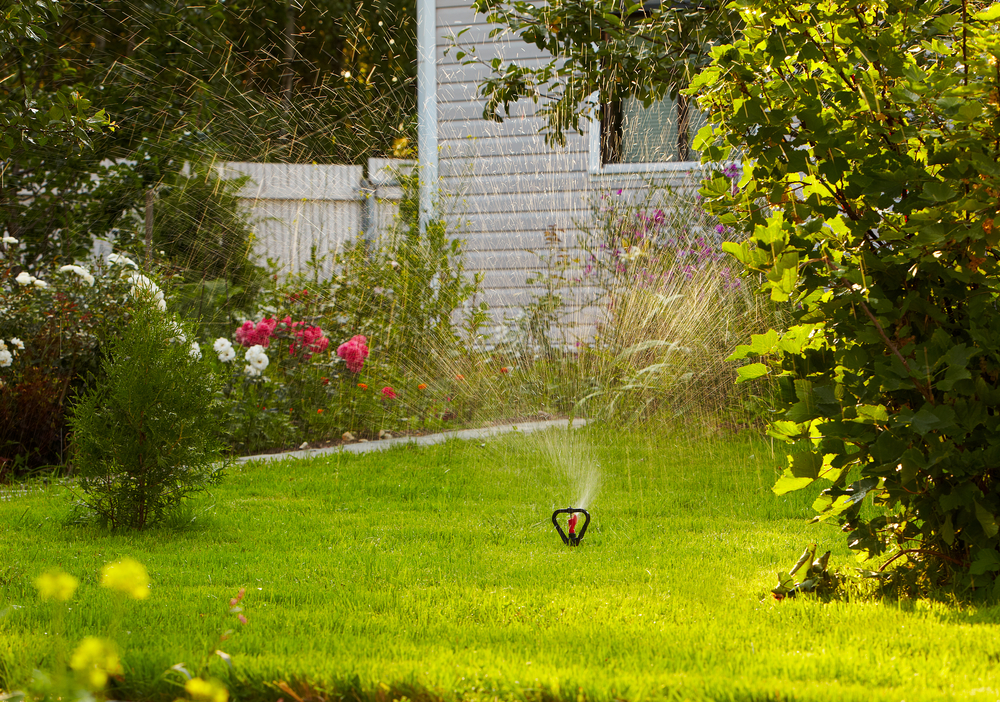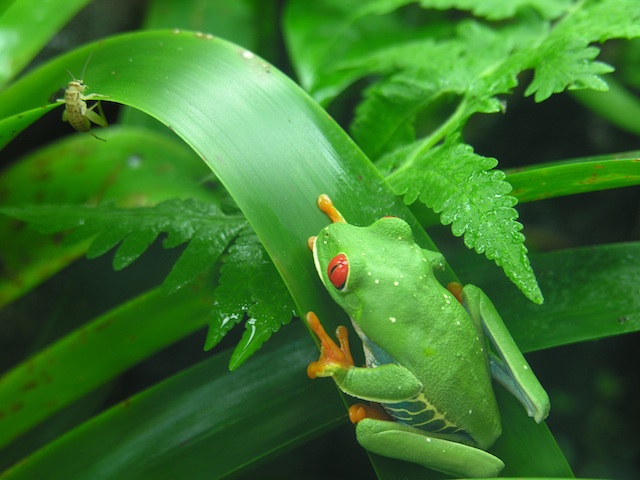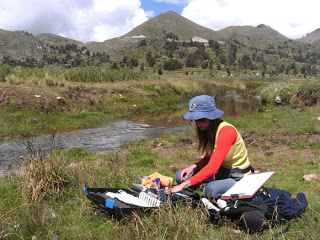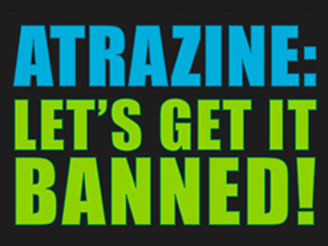‘Save All Frogs’ Initiative Launched!
‘Save All Frogs‘ Initiative Launched!
Matt Ellerbeck – Frog Advocate & Conservationist
Frogs are one of the most diverse forms of herpetofauna in the province of Ontario, boasting more species than turtles, lizards, or salamanders. Yet, there is no outreach education effort solely devoted to these amphibians within the province.
This is unfortunate as many frog species are threatened with extinction. Furthermore, the endangerment of frogs is not exclusive to regions outside of Ontario. Several of the province’s native species are in serious decline.
The Great Lake/St. Lawrence population (east and north of Toronto) of the Western Chorus Frog (Pseudacris triseriata) is listed as Threatened under the federal Species at Risk Act. The Fowler’s Toad (Anaxyrus fowleri) is even more at risk, being listed as Endangered. Worse still, the diminutive Northern Cricket Frog (Acris crepitans) is considered extinct from Ontario.
More of Ontario’s frogs could also be disappearing, as many species have not yet been properly assessed.
This is what inspired me to launch my Save All Frogs project. With this effort I will be educating individuals throughout the province on why frogs are disappearing, what roles they play in the environment, and most importantly how they can help.
I will be emphasizing as I visit schools, camps, conservation areas and other venues that individuals can become involved with the recovery of frogs via behavioral changes, informed decision making, environmental stewardship actions, and habitat management efforts.
Education has been noted as an effective conservation tool by numerous groups and organizations. The Amphibian and Reptile Conservancy (ARC) states that it recognizes the need to increase awareness, appreciation, and understanding of amphibians, reptiles and their habitats, which can then enhance conservation actions and stewardship practices. The Amphibian and Reptile Conservation Trust also proclaims that education is one of the most important tools in the long-term conservation of amphibians and reptiles. By raising awareness, enhancing knowledge and encouraging people to take action, real steps can be made towards conserving amphibian and reptile species.
This is why I am committed to educating the public on the plight of frogs!
